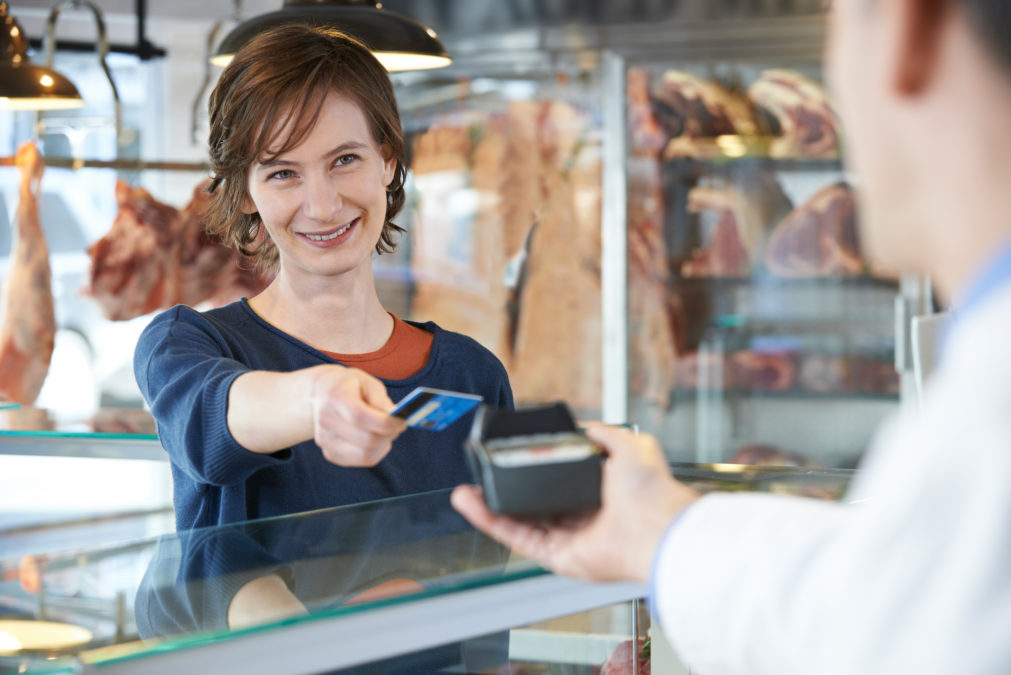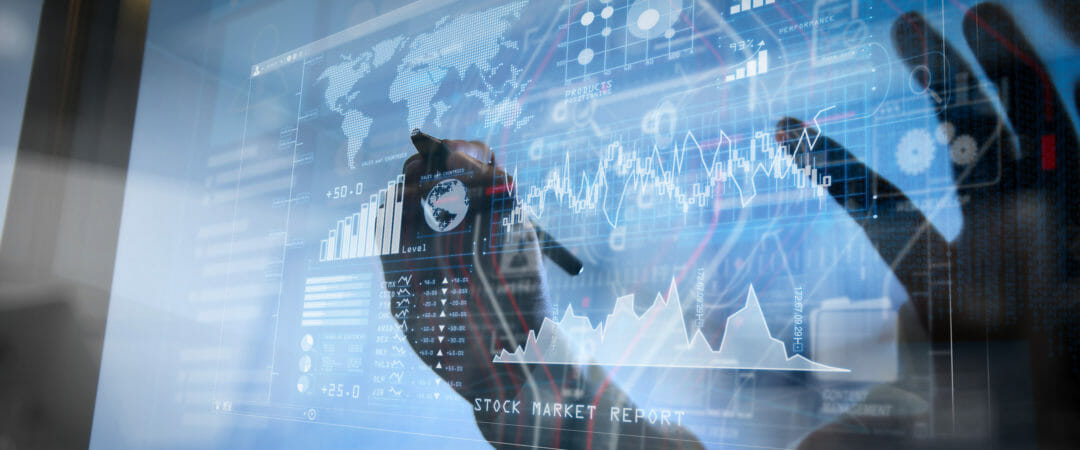Point of sale (POS) systems align with customers’ growing desire to pay for things without cash or even display payment apps on their phones. The option of making digitised payments brings convenience to purchasers, and it could lead to increased sales for merchants.
If people only have enough cash to pay for things they intended to buy, impulse purchases won’t happen. Digitised payments make it easier to pay for unplanned things.
Plus, POS systems can print receipts, link in with loyalty programs and more. The automated aspects they offer mean salespeople don’t have to spend so much time engaged in manual processes. Instead, they can devote more energy to engaging with customers, which could also drive sales.
Fortunately, POS systems are widely available for both small and large businesses. Here are some of the best POS systems on the market.
Re-imagining supply chains to enable superior customer experience
Small and medium businesses
This POS system provides an all-in-one solution for merchants that want to keep their setups streamlined. It has customer- and employee-facing screens, plus a barcode scanner and a thermal receipt printer. There’s an optional card reader as well. The screen employees use is touch-sensitive and features an intuitive layout to increase the user-friendly aspect.
Built-in metrics allow people to track inventory sold and other essential information. Then, in situations where multiple people work at the register during a shift, it’s possible to set up user profiles for each one, complete with permissions. The POS system also links to a smartphone app that allows managers to keep track of information related to sales and other specifics from wherever they are.
2. Vend
Vend has an array of features that make it one of the best POS systems for people who want to use computers or tablets instead of traditional cash registers. The interface has a “quick keys” feature that allows people to make shortcuts for the most popular items in a store. Then, when people buy those things, the transaction gets recorded in a faster-than-usual way and speeds up the checkout process.
The option to make custom receipts with a store logo and URL also exists. Merchants can apply discounts directly in the system to accurately reflect loyalty perks or in-store promotions. This POS also handles returns, and it allows stores to issue credit instead of refunding their money. This encourages customers to return for future visits.
3. Intuit QuickBooks GoPayment
This POS app is ideal for businesses that already use QuickBooks for accounting because each transaction automatically appears in that suite in real-time. Also, merchants pay per transaction rather than a monthly fee, which could be ideal for stores that have substantial fluctuations in business levels due to things like seasonal demands.
When companies sign up for this POS system, they also get a free card reader that works wirelessly through Bluetooth and accepts chip-and-pin or magnetic strip cards.
Because the card reader is small and ultra-portable, it’s ideal for merchants who sell at markets, fairs and festivals in addition to their main outlets.
Large businesses
1. Lightspeed
This option is consistently ranked as one of the best POS systems for retail businesses. The interface allows seeing customer details such as lifetime purchases and how often those people shop at the store.
There is also an inventory management aspect that permits tracking stock levels and seeing when it’s time to reorder. The interface also allows linking to preloaded catalogs a merchant usually purchases from to speed up the reordering process.
Stores that use this POS system can accept all kinds of credit or debit cards from customers, plus offer the choice to handle the transaction with a mobile payment method. Refunds are easy to manage, too.
2. Brightpearl
Geared toward businesses with multiple locations and those that serve customers across a variety of channels, Brightpearl offers detailed customer profiles that allow users to see the total number of purchases, the preferred channel and more. Unlike many other POS systems, this one integrates with PayPal and gives people yet another way to pay for the things they want.
Also, Brightpearl is fully scalable for enterprise customers. If they deal with substantial increases in customer traffic during certain times of the year or have their sights set on opening a few new locations in 2019, that’s no trouble for this POS system.
Plus, the real-time sales reports let business executives know how the location is doing and gives opportunities to drive sales of items that aren’t moving as quickly as expected. Also, an offline mode allows using Brightpearl at locations that don’t have Wi-Fi, which means sales continue even when users take payments on the road.
3. Revel
It’s increasingly common that some of the best POS systems use iPads to work, and Revel is one example. When using complementing hardware, this POS option accepts numerous forms of payment, including ApplePay and gift cards.
When using a feature called Revel Advantage, merchants see the details of settled payments as soon as the next business day, giving a more accurate picture of the enterprise’s financial situation. This brand also asserts that the processing fees charged to Revel users are lower than what other entities in the marketplace demand.
Concerning loyalty rewards, users can set up Revel to behave in several ways. For example, customers might earn points per transactions or get points when purchasing certain things. The loyalty points earned can also change depending on how much a person spends.
Like many of the other best POS systems on this list, Revel has an inventory management component. This allows people on the sales floor and in the backroom to get the information they need to help the business continue running smoothly.
Boosting the efficiency of your POS system
Point-of-sale (POS) systems are now a vital component of ‘bricks-and-mortar’ retail. Read here
The best POS systems help employees focus on customers
Digitised payment systems are undoubtedly handy for customers because they give them various options for buying things and reducing the friction that may cause them to change their minds. Then, from the employee side of things, the POS systems mentioned here allow workers to see metrics about customers that otherwise may not exist.
They can then find up-selling opportunities even once people are ready to pay for their merchandise. For example, if a customer profile shows that a person bought baby items on their last four visits, the retailer might mention, “It seems you’re a big fan of our baby care line. Did you notice we have a buy-one-get-one-free offer on the entire selection that ends Monday?”
Also, because POS systems often show stock levels, merchants can focus on customers in another way by ensuring that the most in-demand items don’t run out. That also increases sales, because people aren’t likely to keep shopping at places that continually fail to have the items they want to buy.
Companies can still function without modern POS systems, but it’s arguable that staying afloat becomes prohibitively difficult if they choose not to use the technology. This list gives businesses an excellent starting point for determining the best choices for them.







